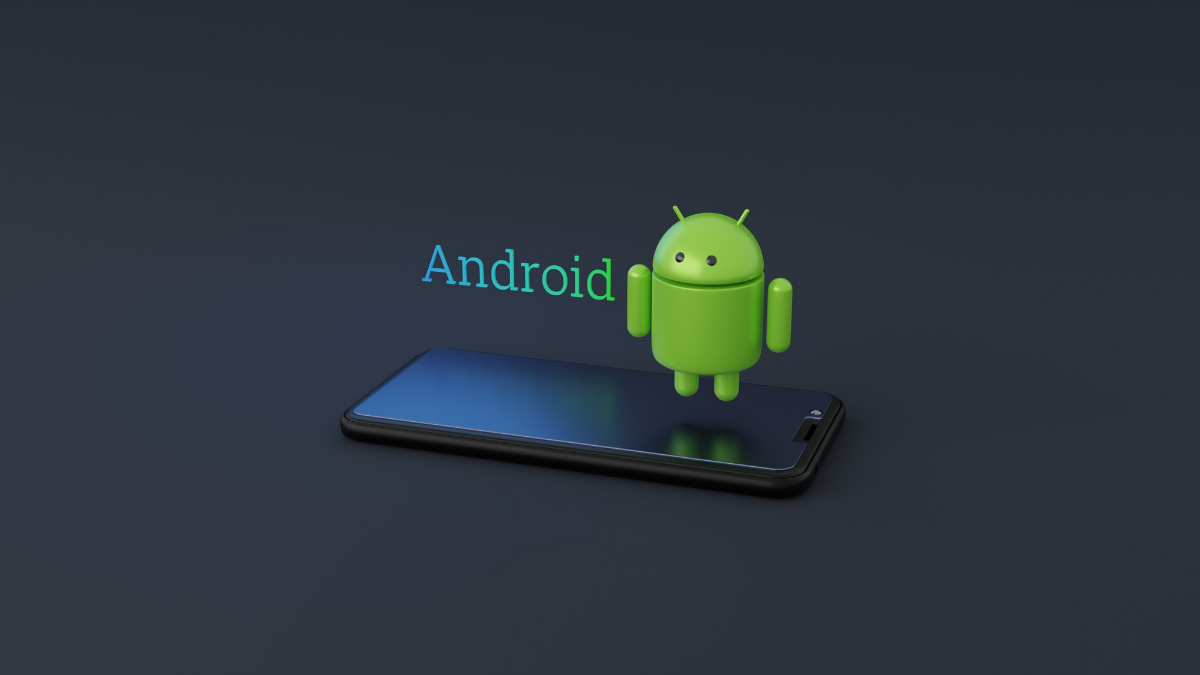Introduction
In today’s digital age, mobile applications have become an integral part of our lives. Among various platforms, Android stands out as the most widely used operating system, making it an excellent choice for aspiring developers. For beginners eager to delve into the world of app development, this step-by-step guide provides a comprehensive overview, ensuring a smooth transition from novice to proficient developer. By following this guide, not only can you create innovative and functional apps but also contribute to the thriving landscape of Android app development services.
Understanding the Basics of Android App Development
To embark on your Android app development journey, it’s crucial to grasp the fundamentals. Android apps are essentially software applications designed to run on Android devices. Two programming languages commonly used for Android development are Java and Kotlin. Android Studio, a powerful integrated development environment (IDE), facilitates the app creation process. Understanding the Android app development lifecycle ensures you are aware of the stages involved, from conceptualization to deployment.
Setting Up Your Development Environment
Before diving into coding, setting up your development environment is paramount. Android Studio, compatible with various operating systems, can be easily installed. Configuring the Android Virtual Device (AVD) allows you to test your apps on virtual Android devices. Additionally, incorporating essential plugins and Software Development Kits (SDKs) ensures a robust development environment tailored to your needs.
Learning the Fundamentals of Programming for Android
Familiarity with programming concepts is essential. Beginners should grasp the basics of variables, data types, and control structures. Object-oriented programming principles, such as classes, objects, and methods, form the foundation of Android app development. By understanding programming patterns and best practices, you can write efficient and maintainable code, a hallmark of proficient developers.
Getting Started with Android User Interface (UI) Design
Creating an intuitive and visually appealing user interface is vital. Android apps utilize XML layout files to define their UI components. Understanding the structure of these files is crucial. Knowledge of UI elements such as buttons, text fields, and image views enables you to craft interactive interfaces. Implementing responsive layouts ensures your app adapts seamlessly to different screen sizes and orientations, enhancing user experience.
Working with Activities and Intents
Activities, the building blocks of Android apps, represent user interface screens. Understanding their lifecycle and creating multiple activities enables smooth navigation within your app. Intents, both explicit and implicit, facilitate communication between activities, allowing seamless data exchange and enhancing user engagement.
Handling User Input and User Experience (UX) Design
Validating user input and providing feedback mechanisms are essential for creating user-friendly apps. Android offers various tools like toasts and dialogs for this purpose. Additionally, understanding user experience design principles, such as intuitive navigation and clear feedback, ensures your app offers a delightful and satisfying experience to users.
Working with Data: Storage and Retrieval

Apps often need to store and retrieve data. Android provides options like Shared Preferences and SQLite databases for local data storage. Learning to read and write data to these databases is crucial. Moreover, fetching data from remote sources using APIs, commonly in JSON or REST format, enables dynamic content delivery, enhancing your app’s functionality.
Testing and Debugging Your Android App
Robust testing and debugging are essential aspects of app development. Android Studio offers powerful debugging tools to identify and fix errors efficiently. Writing unit tests for your app components ensures reliability and functionality. Embracing best practices in testing guarantees your app performs seamlessly, meeting user expectations.
Publishing Your App and Next Steps
Once your app is developed, it’s time to share it with the world. Publishing your app on the Google Play Store involves a systematic process, including creating a developer account and following the submission guidelines. Optimize your app’s performance and user experience to garner positive reviews and attract more users. As you progress, consider exploring advanced topics like Material Design and background processing to enhance your app’s features and capabilities.
Conclusion
In conclusion, Android app development offers an exciting and rewarding journey for beginners. By understanding the basics, setting up the development environment, mastering UI design, and working with activities and intents, you can create impressive apps. Remember the importance of user input, user experience, and data handling to craft seamless and engaging applications. Through rigorous testing, debugging, and continuous learning, you can refine your skills and contribute to the realm of Android app development services. So, embrace the process, be persistent, and start building your innovative Android apps today.
